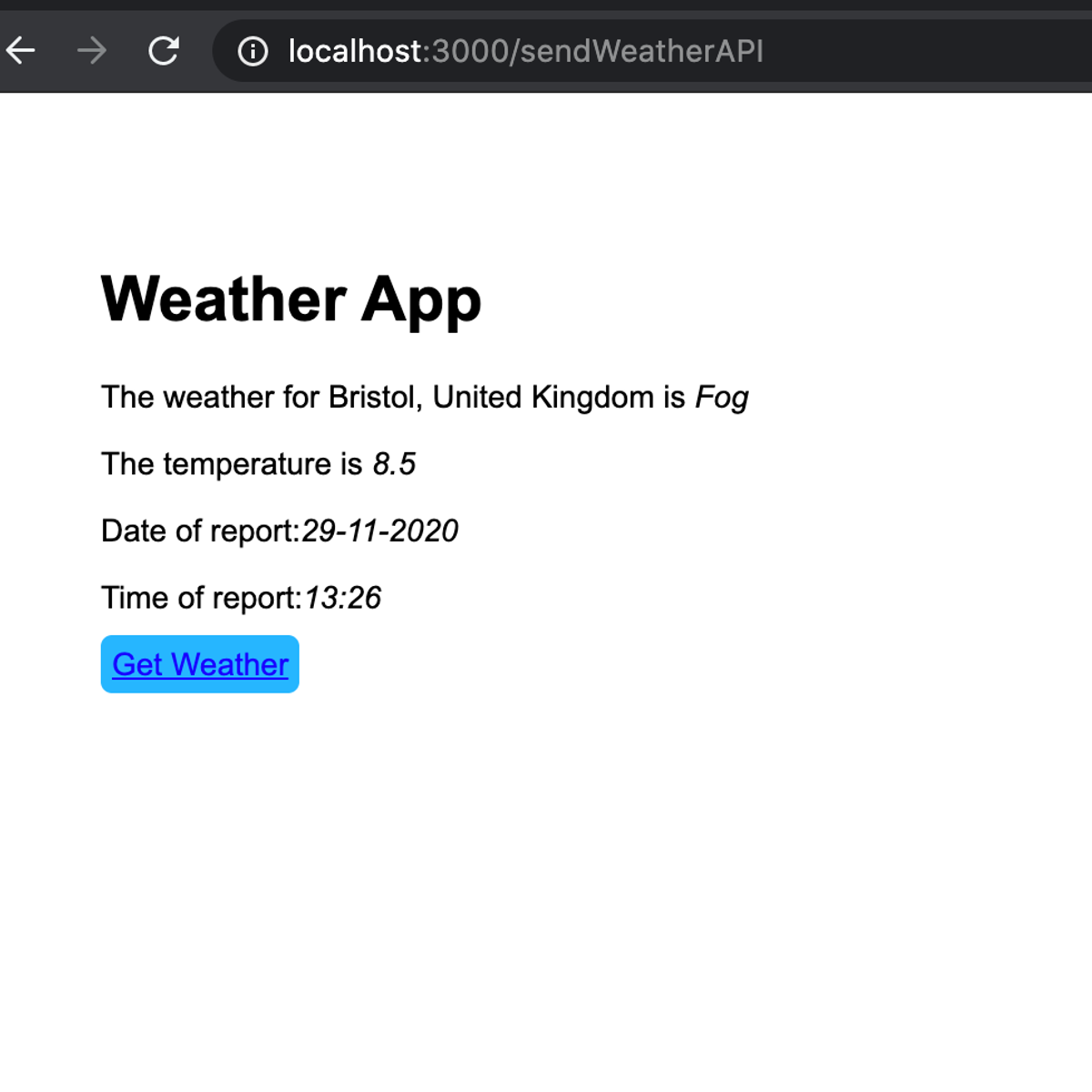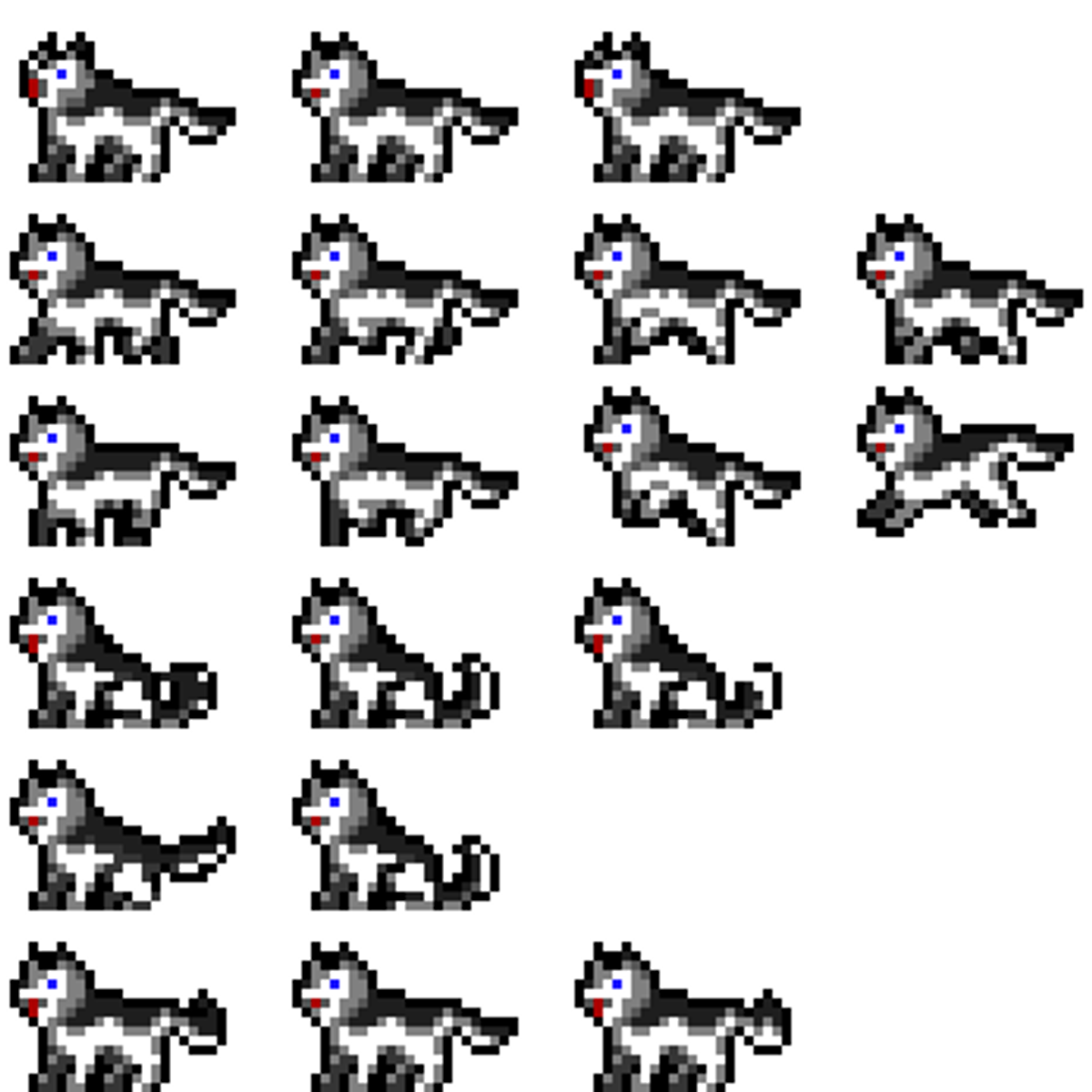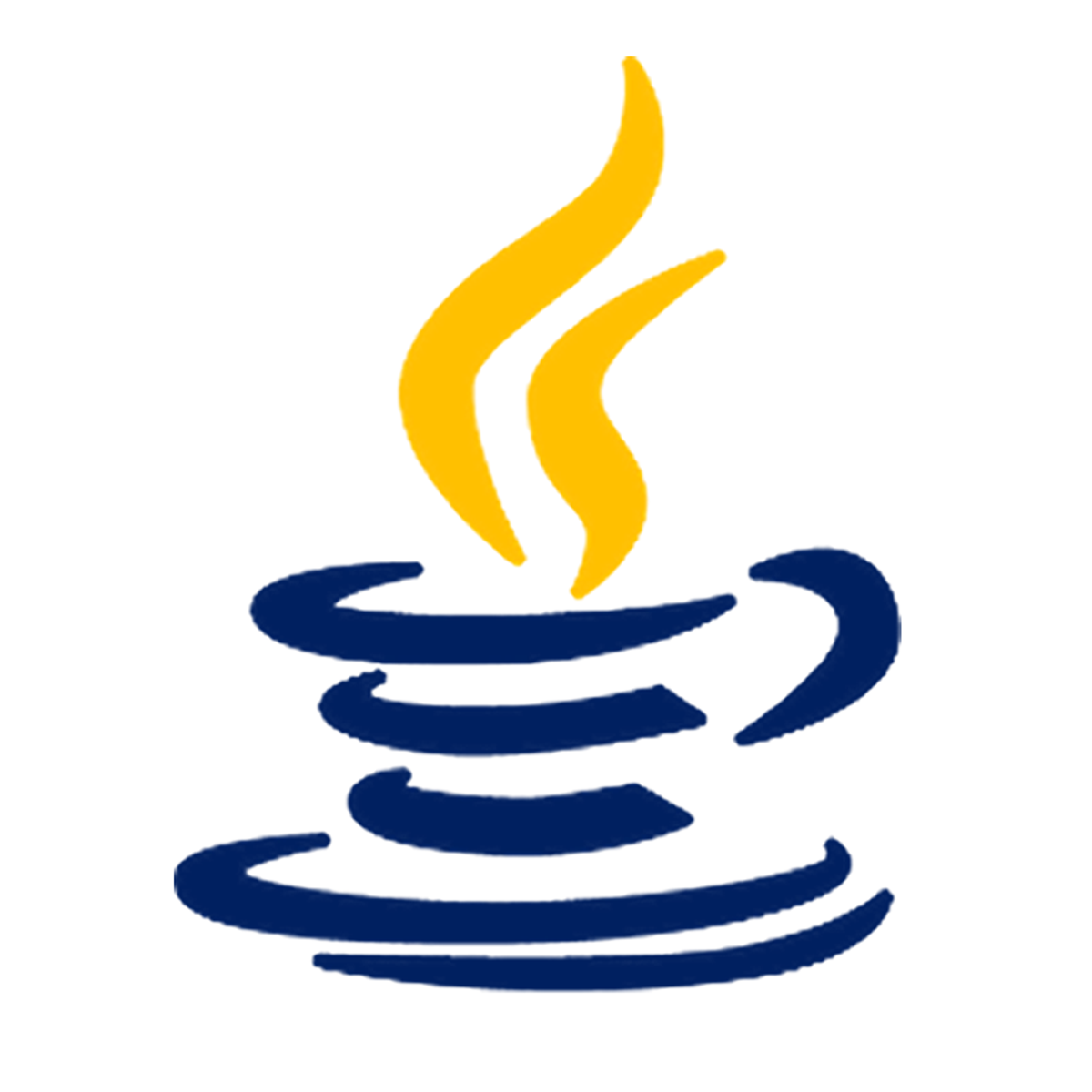Back to Courses









Computer Science Courses - Page 134
Showing results 1331-1340 of 2309

Modeling and Design for Mechanical Engineers with Autodesk Fusion 360
There are many considerations that play a part in engineering a new product. Regardless of what that product is, there are fundamentals such as form, fit, and function when it comes to digital modeling. In this course, we lay the foundation to create any design and dive deep into topics about the control of the design. From assembly joints and joint limits to complex shapes using forms, rest assured that your design will be rock solid.
After completing this course you'll be able to:
- Create and drive a mechanical gear assembly.
- Create and modify a form-based design.
- Use design tools for molded parts.
- Demonstrate proficiency in the setup and creation of a design.
Looking for Autodesk Fusion 360 certification prep courses? Check out additional learning resources to help you uplevel your skills: https://www.autodesk.com/learning

Build a Full-Stack Server for API Requests - NodeJS and Pug
By the end of this project, you will create a website which reports the weather for a specific city. We will learn how to use NodeJS to send API requests to Accuweather, and Pug and CSS to present the weather to the users.. We will use VSCode throughout this course. Building a full-stack website is a highly sought after skillset and this course is a great way to get started by building a simple weather website.
This guided project is for anyone who is comfortable with JavaScript and has some experience with coding. Knowledge of HTML and CSS is useful, but not required. It would also be suitable for someone who is interested in building a website and is happy to follow along with the steps to get a feel for full-stack web development and will focus on the in depth knowledge after. This could be someone just beginning their coding journey, someone experienced who wants to learn NodeJS or someone who wants to build their own website which needs a server.

Value Chain Analysis and Visualization in Miro
By the end of this project, you will be able to support cost-effective product development by conducting a value chain analysis.
To create the value chain analysis you will gain hands-on experience defining your business’s primary activities, support for those activities, analyze costs, and discover opportunities to gain a competitive advantage in the Miro online visual collaboration platform for teamwork.
Note: This course works best for learners who are based in the North America region. We’re currently working on providing the same experience in other regions.

Managing React State
By the end of this project, you will manage state within React components, pass state up from child to parent components, and track state through an API fetch.
As a react developer, it is important to understand state to properly maintain a dynamic React application.

Everyday Excel, Part 2
"Everyday Excel, Part 2" is a continuation of the popular "Everyday Excel, Part 1". Building on concepts learned in the first course, you will continue to expand your knowledge of applications in Excel. This course is aimed at intermediate users, but even advanced users will pick up new skills and tools in Excel. By the end of this course, you will have the skills and tools to take on the project-based "Everyday Excel, Part 3 (Projects)".
This course is the second part of a three-part series and Specialization that focuses on teaching introductory through very advanced techniques and tools in Excel. In this course (Part 2), you will: 1) learn advanced data management techniques; 2) learn how to implement financial calculations in Excel; 3) use advanced tools in Excel (Data Tables, Goal Seek, and Solver) to perform and solve "what-if" analyses; 4) learn how to create mathematical predictive regression models using the Regression tool in Excel.
This course is meant to be fun and thought-provoking. I hope for you to at least several times in the course say to yourself, "Wow, I hadn't thought of that before!" Given the wide range in experience and abilities of learners, the goal of the course is to appeal to a wide audience. The course is organized into 5 Weeks (modules).
To pass each module, you'll need to pass a mastery quiz and complete a problem solving assignment. This course is unique in that the weekly assignments are completed in-application (i.e., on your own computer in Excel), providing you with valuable hands-on training.

Programming Reactive Systems
Reactive programming is a set of techniques for implementing scalable, resilient and responsive systems as per the Reactive Manifesto. Such systems are based on asynchronous message-passing, and their basic building-blocks are event handlers. This course teaches how to implement reactive systems in Scala and Akka by using high-level abstractions, such as actors, asynchronous computations, and reactive streams.
You will learn how to:
- use, transform and sequence asynchronous computations using Future values
- write concurrent reactive systems based on Actors and message passing, using untyped Akka and Akka Typed
- design systems resilient to failures
- implement systems that can scale out according to a varying workload
- transform and consume infinite and intermittent streams of data with Akka Stream in a non-blocking way
- understand how back-pressure controls flows of data
CSS Animated Components with ReactJS
In this 1-hour long project-based course, you will learn how to
- Identify the basic ReactJS project structure, including TypeScript, Webpack, Storybook, and SASS configuration,
- Render a Hello World component, as well as identify the basic structure of a ReactJS component, including how to render the component in Storybook.
- Create an animated sprite, by creating a logical folder structure, and writing the HTML, TypeScript, and animated CSS to render a sprite component to Storybook.
- Pass in a ReactJS prop to the component to track the facing direction of the animated Sprite and identify the difference between ReactJS discuss state vs props.
- Use ReactJS state to track user input, and update the component state in ReactJS lifecycle events to flip the character's sprite sheet renderings.
- Finalize your component by tracking position using props and state and using ReactJS lifecycle methods to position the sprite around the page based on user keyboard input, allowing the component to “walk” around the website.
Note: This course works best for learners who are based in the North America region. We’re currently working on providing the same experience in other regions.

Object-Oriented Hierarchies in Java
Object-Oriented Hierarchies in Java is the third of a series of courses in the Core Java Specialization. The Core Java Specialization is part of a series of programming specializations, derived from LearnQuest's private Java Bootcamps, designed to provide the skill set necessary to be hired as an IT developer using Java in many corporate environments.
This course includes hands-on practice and will help you build on your knowledge of the Java language. After completing this course, you will have a deeper understanding of how to effectively implement and use inheritance and polymorphism in Java.
To be successful in this course, you should have taken:
- Course 1: Introduction to Java
- Course 2: Introduction to Object-Oriented Programming with Java
or have equivalent knowledge.

How to Work with Type in Adobe Photoshop
By the end of this project, you’ll be able to create and add, edit, style, and bend text in Photoshop. You’ll practice with some advanced text capabilities, like placing text on paths and inside them. And you’ll practice with shortcuts that make text editing fast and fun.
During this project, you’ll add different kinds of text to a poster and take full advantage of Photoshop text and styling tools. By the end of the project, you’ll create a 1-page visual reference of Photoshop’s text capabilities.

Scrum Master Certification: Scrum Methodologies
This course is designed to help Scrum beginners learn the foundational knowledge to become proficient with Agile Scrum. Throughout the course, learners will explore User Stories and how they are prioritized in Agile, Velocity, Backlog Refinement, and Market Actions. Learners will also learn about different Scrum Reports and methods of managing risks.
